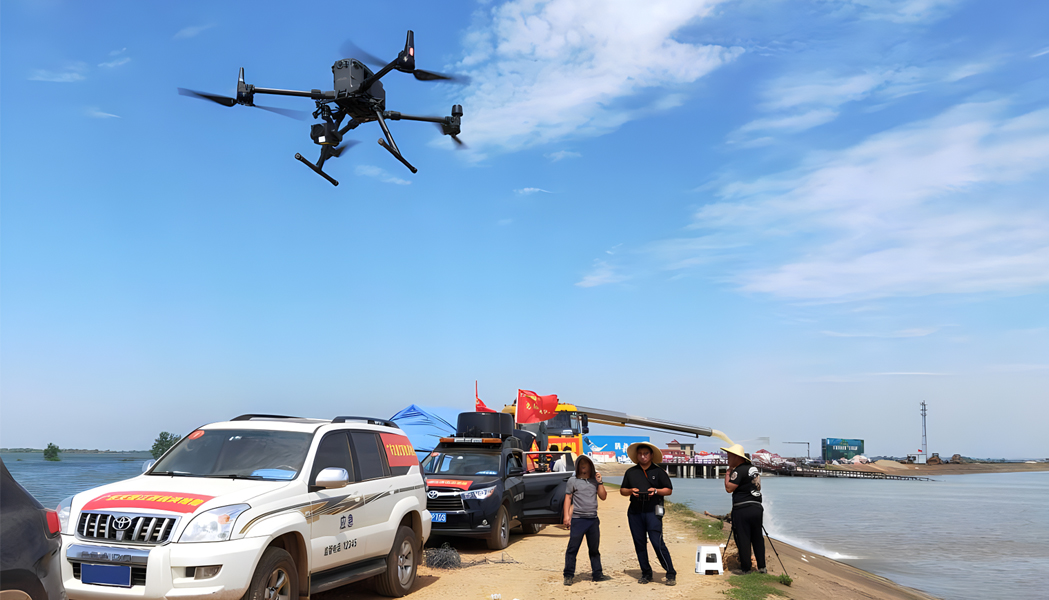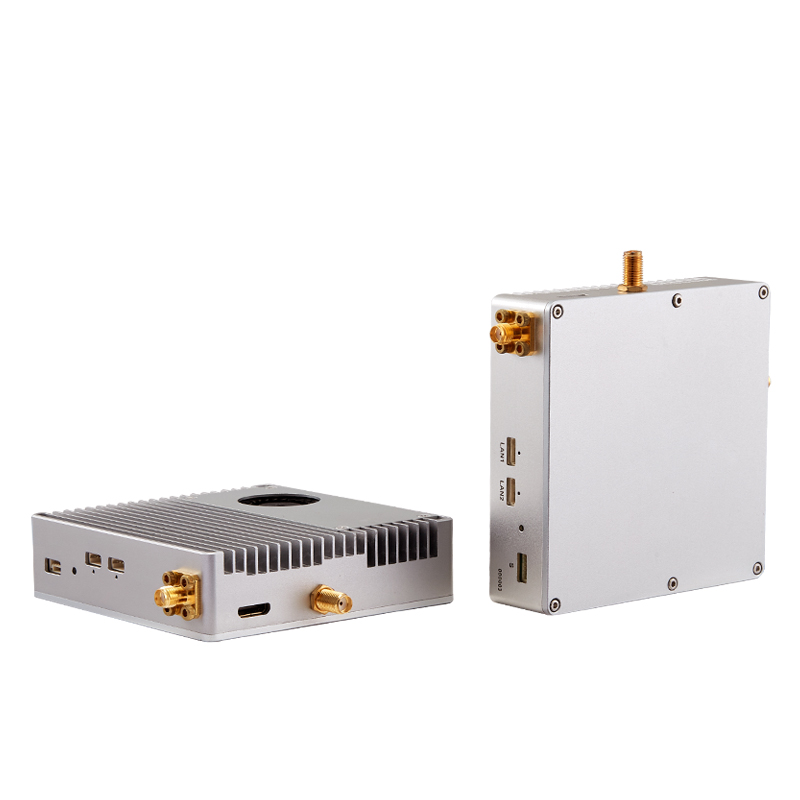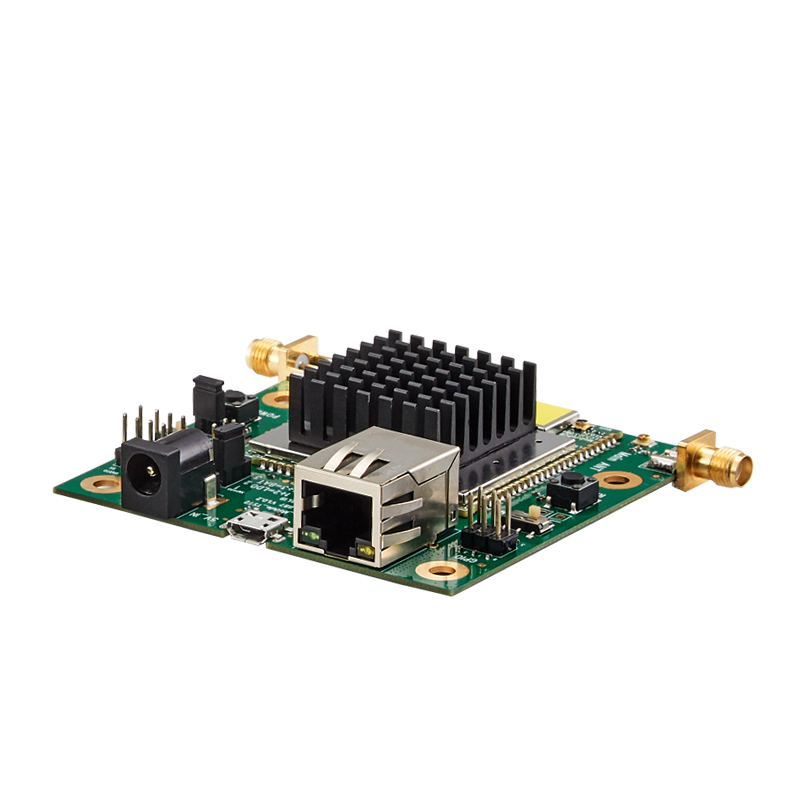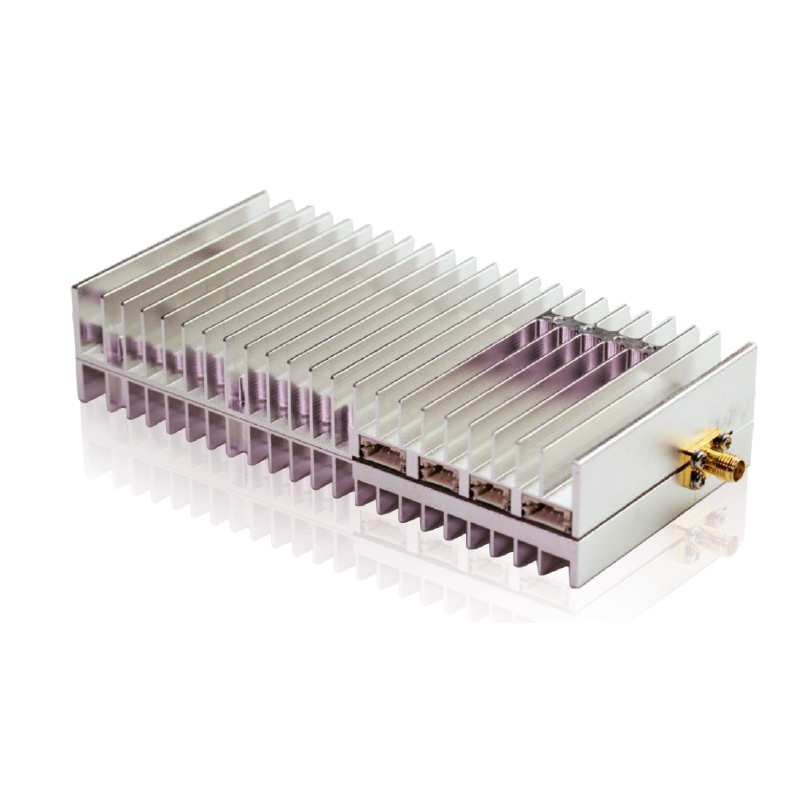Long Range Drone Video Transmitter is to accurately and quickly transmit the full hd digital video feed from one place to another. The video link is an important part of a UAV. It is a wireless electronic transmission device that uses certain technology to wirelessly transmit the video captured by the camera on the on-site UAV to the remote rear in real time. Therefore, the UAV video transmitter is also called the "eyes" of the UAV.
There are top 5 technologies of UAV Airborne Video Transmitters:

1. OFDM
Technically, the most widely used transmission technology on drones is OFDM, a type of multi-carrier modulation, which is more suitable for high-speed data transmission. OFDM has many advantages,for example:
● A large amount of data can also be sent under narrow bandwidth.
● Resist frequency selective fading or narrowband interference.
However, OFDM also has disadvantages:
(1) Carrier frequency offset
(2) Very sensitive to phase noise and carrier frequency offset
(3) The peak-to-average ratio is relatively high.
2. COFDM
COFDM is coded OFDM. It adds some channel coding (mainly adding error correction and interleaving) before OFDM modulation to improve the reliability of the system. The difference between COFDM and OFDM is that error correction codes and guard intervals are added before orthogonal modulation to make signal transmission more effective.
OFDM is mainly used in LTE (4G), WIFI and other application systems.
COFDM is currently the most suitable technology for long-distance UAV video and data transmission. There are the following 4 factors:
● The bandwidth is high enough for HD video transmission.
● Broadcast transmission. When receiving equipment is added at the ground end, the overhead of the channel will not be increased.
● Signal transmission conditions are complex. The multipath effect ensure the long-distance video transmission. For example., 150km drone video and data downlink.
● In order to facilitate the operation of the UAV, the transmission signal cannot have too strong directionality, and the transmission distance can be increased by increasing the transmission power to increase the S/N of the receiver.
3. Wifi
WiFi transmission is the most widely used technology for cost-effective UAV data transmission. However, because WiFi has many technical limitations and cannot be modified, and many manufacturers use the solution to build it directly. Therefore, its disadvantages are also very prominent, such as:
● The chip design format cannot be modified
● The technology is more solidified
● Interference management strategy is not real-time
● Channel utilization is relatively low, etc.
4. Analog Video Transmission Technology
Some UAVs without gimbal cameras can use analog signal transmission technology.
There is almost no delay in the analog video transmission, and another feature is when the limit distance is reached, the screen will not suddenly freeze or the entire video completely loss.
Analog video transmission is also a one-way signal transmission technology, which is a bit similar to the transmission of analog TV broadcast signals before digital TV signals appeared. When the signal becomes weak, a snowflake screen will appear, which warns the pilot to adjust the flight direction or go back.
5. Lightbridge Technology
Lightbridge technology uses one-way image data transmission similar to the data transmission form of a high-rise TV broadcast tower.
Conclusion
The most advanced technology for long range drone video transmitter is COFDM.
With COFDM technology development, there are more and more unmanned vehicles serving for people in different field such as mapping, survey, long range patrolling, which are dangerous or too much time cost for labour. With unmanned vehicles, the work can be completed high effectively.
Post time: Jun-05-2023











